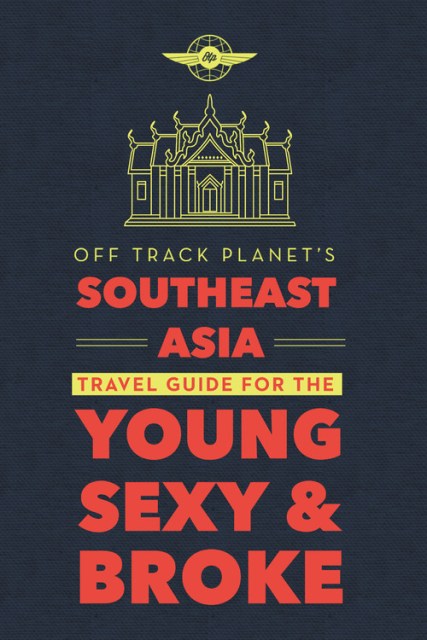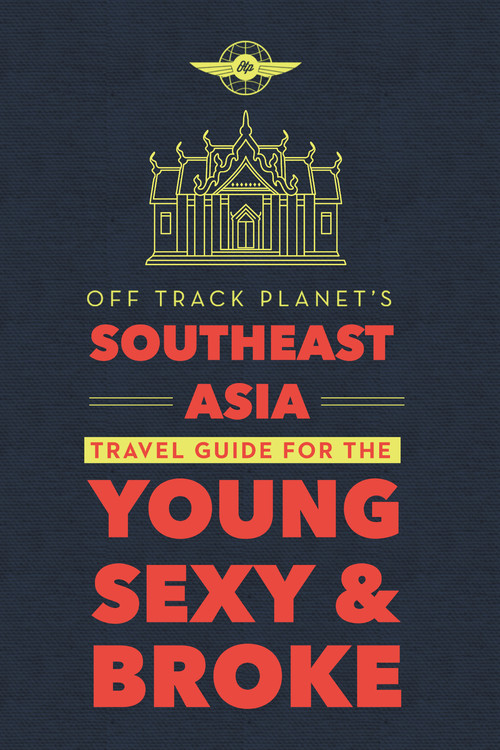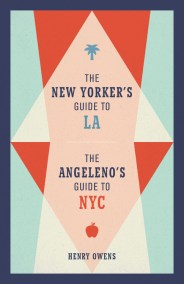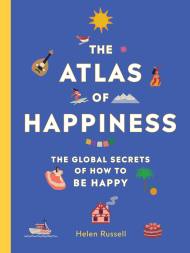Promotion
Use code MOM24 for 20% off site wide + free shipping over $45
Off Track Planet's Southeast Asia Travel Guide for the Young, Sexy, and Broke
Contributors
By Anna Starostinetskaya
Formats and Prices
Price
$17.00Price
$22.00 CADFormat
Format:
- Trade Paperback $17.00 $22.00 CAD
- ebook $11.99 $15.99 CAD
This item is a preorder. Your payment method will be charged immediately, and the product is expected to ship on or around August 27, 2019. This date is subject to change due to shipping delays beyond our control.
Also available from:
With detailed maps, guides, charts, and hundreds of brilliant 4-color photographs throughout, the book takes readers through the most adventurous destinations throughout Southeast Asia. It’s any intrepid traveler’s comprehensive guidebook to the region, with tips to:
- Get Inspired: Destinations organized by interest, such as Adventure & Sports; Art, Culture, and Design; Food; Sex & Partying; and Music & Festivals
- Get Your Shit Together: Everything you must know to plan your trip, including advice on when to go where, where to stay when you arrive, passport & visa considerations, budgeting, packing (and backpacking), and health & safety specific to the city and country you’re visiting
- Make Yourself Useful: Avenues to extend your trip by volunteering, studying, or working abroad
Genre:
- On Sale
- Aug 27, 2019
- Page Count
- 256 pages
- Publisher
- Running Press
- ISBN-13
- 9780762463909
Newsletter Signup
By clicking ‘Sign Up,’ I acknowledge that I have read and agree to Hachette Book Group’s Privacy Policy and Terms of Use







